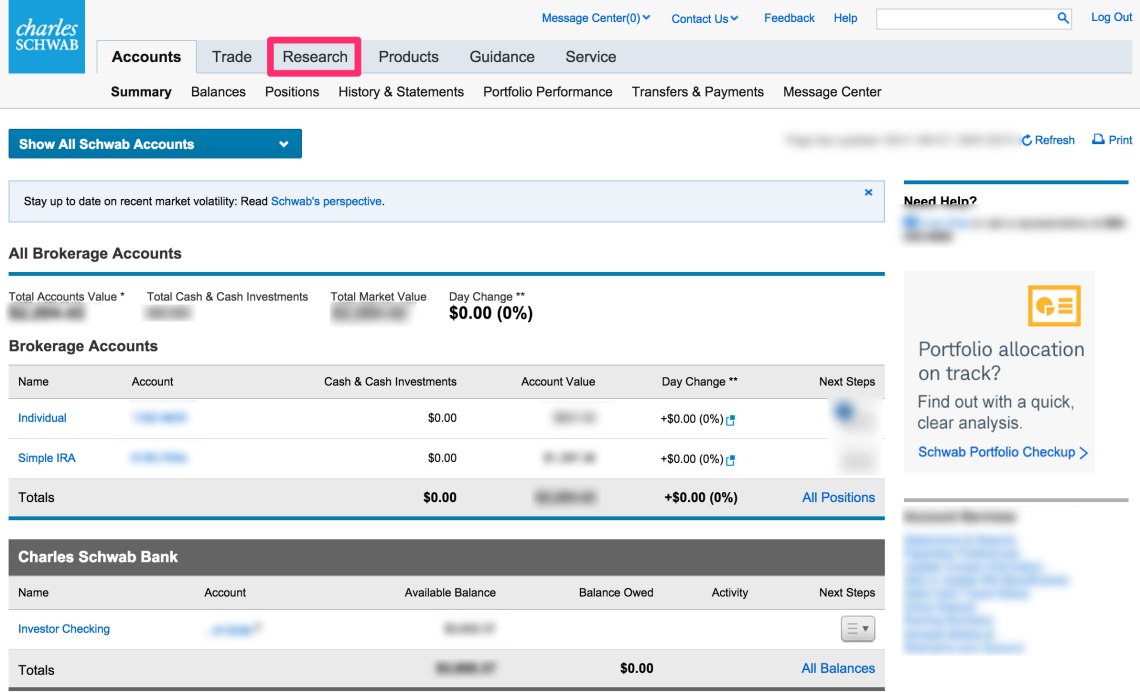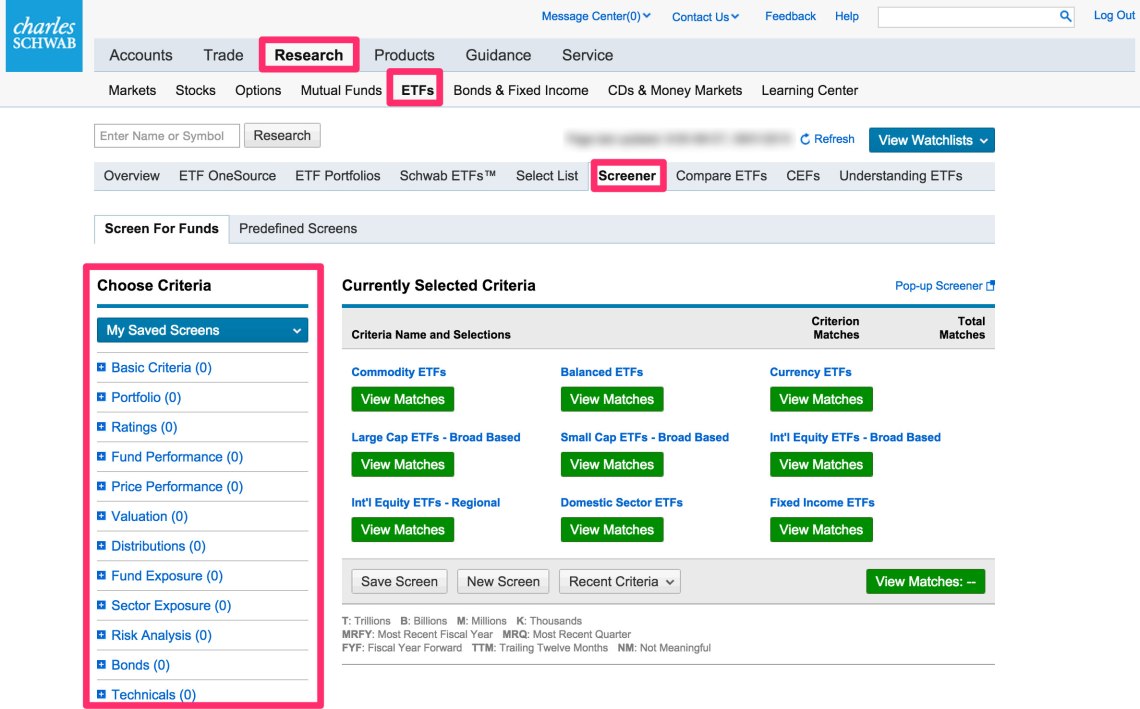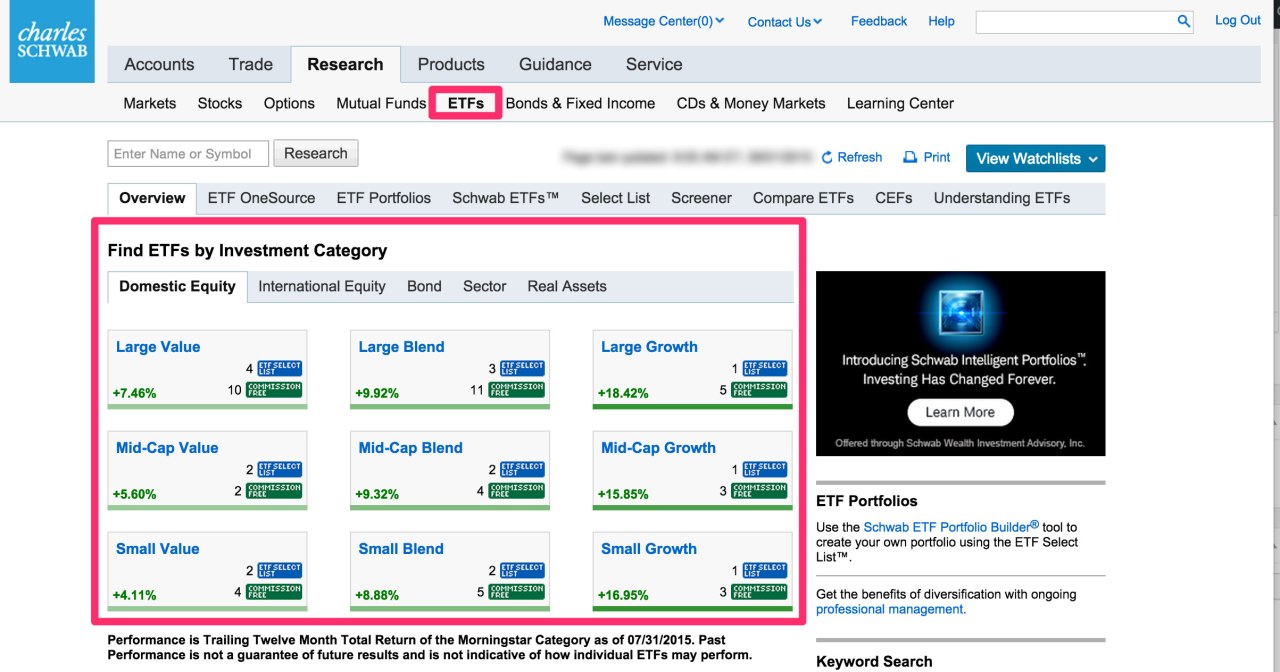Why 20-Somethings Are Better Off Investing In ETFs Than Individual Stocks
With hundreds of ETFs (Exchange Traded Funds) out in the market, it’s really difficult to hone in on which one to choose. That’s why there are screeners that help you find the one that best fits your investment style.
You can go through ETF.com or ETFdb.com and select attributes and asset classes — and one of the best things about ETFs is that there is one for almost every market.
Looking for commodities? There’s an ETF for oil. There are ETFs that follow agriculture, insurance, water — you name it, it’s there. There are ETFs that follow the S&P 500, or the entire stock market (total market ETFs).
You might be wondering what the differences between ETFs and mutual funds are. For one thing, ETFs trade like stock, which means you can’t buy fractional shares of it, unlike mutual funds. You’re also able to see the current trading price of ETFs — you have to wait until the end of the day to see the net asset value of the mutual fund.
Both mutual funds and ETFs have low expense ratios, which means they are great for investors in it for the long haul. According to Morningstar, the average ETF expense ratio was 0.60%, whereas mutual funds (actively managed funds) were around 1.13%. They’re also great during tax time because like index funds, ETFs are mostly passive. That means the fund managers aren’t constantly selling and buying stocks. (And that means less tax!) They’re also a great way to diversify your portfolio without doing as much research you’d do with individual stocks.
Now, ETFs are great to invest in when you don’t have a lot of money — Vanguard requires you to have a minimum of $1,000 for their target retirement funds, and $3,000 for most of their funds. ETFs, on the other hand, don’t use minimums.
When you choose an ETF, look at its trading volume — this indicates the level of liquidity. If trading volume is high, the bid-ask spread is closer together than if trading volume were low. Take note of its market capitalization, its yield, asset class, and geographic exposure to further hone in on the ETF of your choice.
![]()
When working through your brokerage fund, you can research stocks, ETFs, and mutual funds all in one place. For example, if you’re using Charles Schwab, click Research:

Click on ETFs and you’ll get this screen:

You can go through the lists here or you can find the ETF you’re looking for using the screener:

And you can search for an ETF based on the criterias you choose! ![]()





